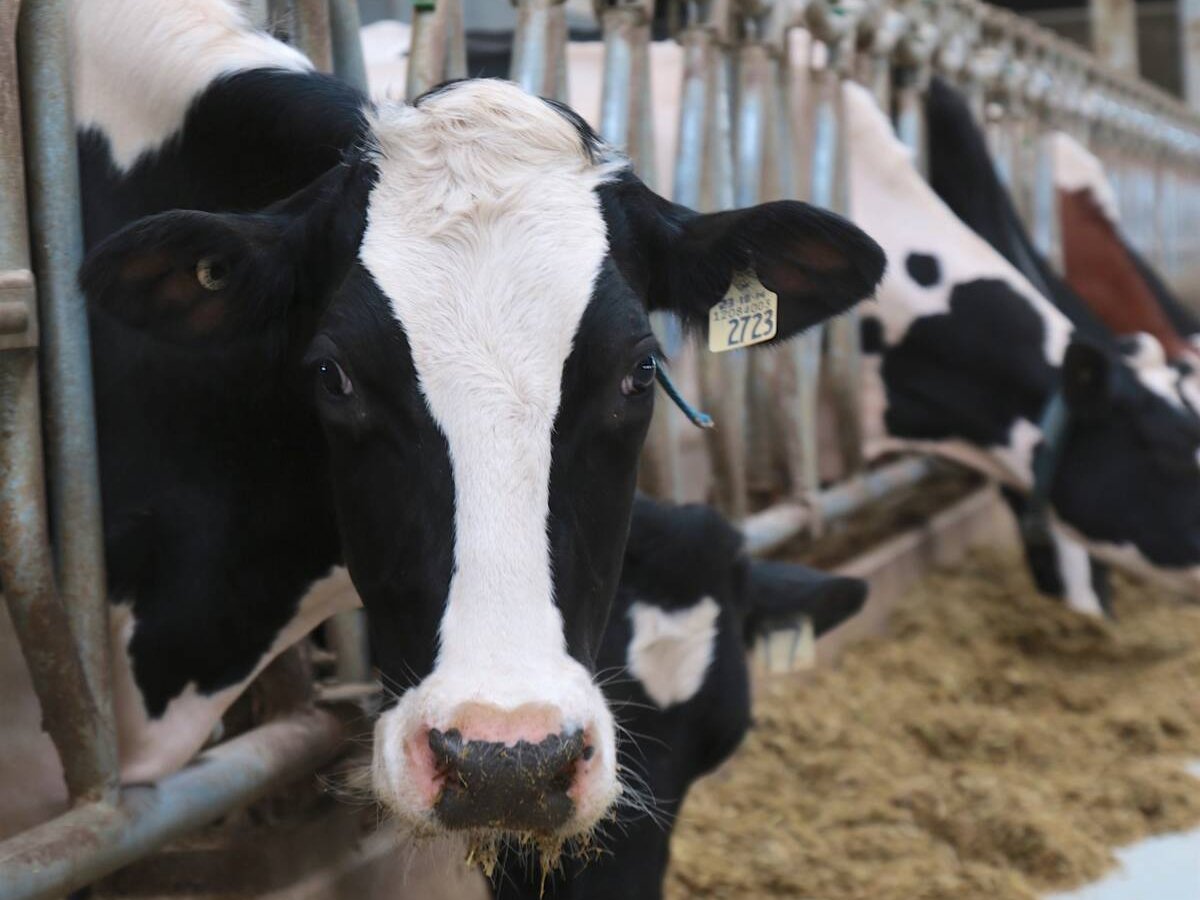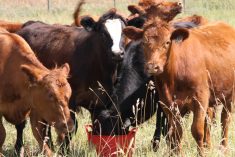MOOSE JAW, Sask. – Cattle producers spend a lot of money on bulls and should be sure they are getting quality for that investment.
A breeding soundness exam is key, several speakers said at a recent bull selection workshop.
John McKinnon, beef industry research chair at the University of Saskatchewan, said the exam, including a semen test, ensures that bulls are fertile, structurally sound and interested in breeding.
“It’s estimated that anywhere from 15 to 30 percent of bulls that are turned out with cows across Western Canada will have some type of deficiency that will impair breeding soundness,” he said.
Read Also

The Organization for Economic Co-operation and Development lauds Canada’s low farm subsidies, criticizes supply management
The Organization for Economic Co-operation and Development lauded Canada’s low farm subsidies, criticized supply management in its global survey of farm support programs.
Moose Jaw veterinarian Bob Bellamy said information from semen tests is often misunderstood.
Producers should select bulls with above average fertility and higher first-service conception rates. The average rate is 65 to 70 percent.
Selecting a bull above the average for a 40-cow herd, such as 75 percent, would result in 30 calves during the first breeding cycle, eight in the second and two in the third. All cows would be bred within 60 days.
Selecting a bull that is below average, such as at 50 percent, would see 20 cows bred in the first cycle, 10 in the second and five in the third. Five would remain open. Bellamy said the difference becomes more apparent when those numbers are converted to weaned calf weights.
“On average, calves wean 60 pounds heavier for every 21 days of age,” he said, which would put the calves from the first cycle at 600 lb., followed by 540 lb. calves in the second and 480 lb. calves from the third cycle.
The total weaned weight from the above-average bull would be 23,280 lb., compared to 19,800 for the below-average bull.
At a calf price of $1 per lb., the below-average bull would produce $3,480 less than the above-average bull. As well, at a $900 per head replacement cost for open cows, the below-average bull would cost another $4,500 for a total loss of $7,980.
Soundness tests include a physical examination of the feet, legs and eyes, scrotal measurement, internal exam and a look at sperm motility.
Scrotal circumference varies de-pending on age and breed of the bull, but it must be able to breed several cows a day. Scrotum shape is also important. A normal, hourglass shape is preferred to keep sperm at the right temperature. The internal exam checks the prostate and seminal vesicles.
Sperm samples must contain more than 70 percent normal sperm to pass the test, with no more than 20 percent head defects and no more than 25 percent tail defects. Bulls often fail tests because of stress. Weather can be one of those stressors.
“We’re usually semen testing at the worst time,” Bellamy said, referring to preparation for spring bull sales.
Injuries or illness that cause fever for more than three or four hours can set back sperm production for three to six months, he said. Bulls that don’t pass semen tests should be retested 21 days later. That’s how long it takes to produce sperm.















